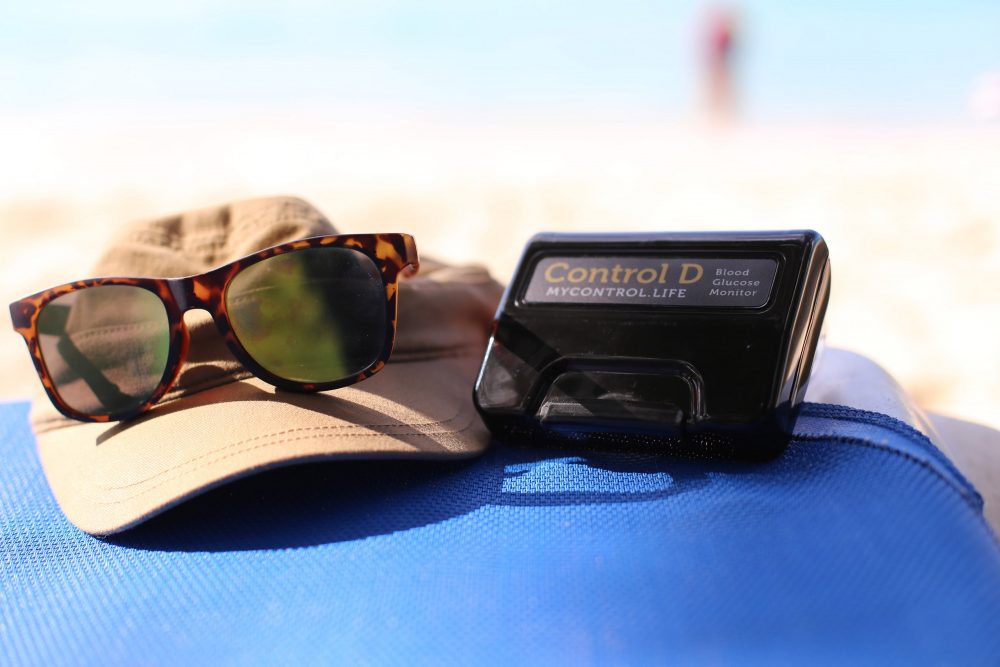HOW CAN I IDENTIFY THE AT-RISK FOOT?
Early identification of at risk patients is key to effectively prevent diabetic foot complications
There are two major risk factors for patients with diabetes :
These need to be identified and monitored appropriately to minimise the risk of patients with diabetes developing a Diabetic Foot Ulcer. A daily foot check will help spot any foot problems.
Damage to the nerves (LOPS)
might be shown by:
- Tingling sensation or pins and Needles
- Pain (burning)
- Less sweaty feet
- Changes in the colour of the feet
- Changes in the shape of the feet
- Blisters and cuts
- Loss of feeling in the feet or legs
Damage to the blood supply
might be shown by:
- Cramp in the calves (at rest or when walking)
- Shiny smooth skin
- Loss of hair on the legs and feet
- Cold, pale feet
- Changes in the skin colour of the feet
- Wounds or sores that do not heal
- Pain in the foot or feet
- Swollen feet
It is key to identify if these risk factors are present in your patients with diabetes
HOW CAN I IDENTIFY LOPS AND PAD?
How to identify the Loss of Protective Sensation (LOPS)
Performing a sensory foot examination will help you identify the degree of Loss of Protective Sensation (LOPS).
Ideally use a 10g (5.07 SemmesWeinstein) monofilament
How to identify Peripheral Artery Disease (PAD)
There are two major foot pulses:
the anterior tibial artery on the dorsum of the foot, and the posterior tibial artery behind the medium maleolus. If you can not palpate one of the pulses this indicates that your patient probably has PAD.
In that case, you should plan a vascular assessment to confirm it.
Depending on the presence of these risk factors we can classify the patients by level of risk and take the appropriate prevention steps.
what is my patient’s level of risk ?
There is an international classification to categorise the level of risk of your patients.
In addition, it is extremely important to identify a the level of risk of each patient with diabetes regularly. The criteria are very simple: LOPS, PAD, foot deformities, or past history of foot ulceration or lower-extremity amputation. Or end-stage renal disease.
This classification will provide you with the monitoring frequency required for each case, and the recommended specialist level of care.
Very low
No LOPS and No PAD
Once a year
Low
LOPS or PAD
Once every 6-12 months
General practitioner, podiatrist, diabetes nurse
Medium
LOPS + PAD or
LOPS + footdeformity or
PAD + footdeformity
Once every 3-6 months
Diabetologist, surgeon (general, orthopedic or foot), vascular specialist, podiatrist, diabetes nurse
High
LOPS or PAD and one or more of the following :
- History of a foot ulcer
- A lower-extremity amputation (minor or major)
- End-stage renal disease
Once every 1-3 months
Multi-disciplinary team specialized in diabetic foot care
In addition to regular risk assessment of your patient, it is key to look at the feet of your diabetes patient at each consultation.
Make the most of each consultation with your patients by educating them on diabetic foot prevention.
There are 4 steps you can teach your patients to keep their feet safe and prevent foot ulceration


Glycemic
control


Daily
foot care


Appropriate
footwear


Daily
foot check
Glycemic control
Checking that their blood glucose is within the normal range throughout the day is the first step to prevent ulceration. Keeping their blood glucose within target will help your patients prevent damage to their feet and can stop things getting worse.

Daily foot care
Your patients with diabetes should wash their feet daily in warm, but not hot water, and dry them properly. Remind them that they have to dry between their toes too. Using moisturising cream will help them keep their skin soft, but they should not apply it between their toes or it may make the skin too moist.

Appropriate footwear
When it comes to footwear, this is what your patients with diabetes should know:
- To wear flat shoes that support their feet and allow them room to breathe.
- Avoid shoes that are too small or pointed at the ends. If their shoes are too tight, too loose or rub them then they should not wear them. Even if they look great.
- Avoid walking around barefoot.
- To not wear tight or knee-high socks
- To examine their shoes, socks and stockings for damage each time before putting them on. Cracks, small stones and nails can irritate and damage their skin.
Daily foot check
Patients with diabetes should check their feet every day for cuts and wounds. Whether they’re about to put their socks on, or taking them off before bed, have a good look. Any changes, and they should see a healthcare professional straight away. If they struggle to lift their feet up, then they might want to use a mirror the see the soles of their feet. If this is too hard, they could try to get someone else to check it for them, They can also ask their nurse or healthcare professional to do it during their regular checkups.
DID YOU KNOW?
Remind your patients with diabetes that they should have a foot check at least once a year that’s arranged by their GP practice.
When it comes to diabetic foot, every day counts
1. Boulton AJM. The diabetic foot. Diabet Med 2006;34:87-90
2. International Diabetes Federation Atlas – 9th edition 2019: page 89.
3. IWGDF Practical Guidelines – The IWGDF Risk Stratification System and corresponding foot screening frequency – 2019: page 7.
